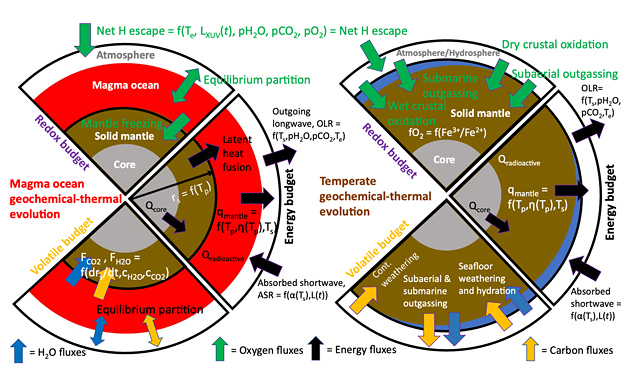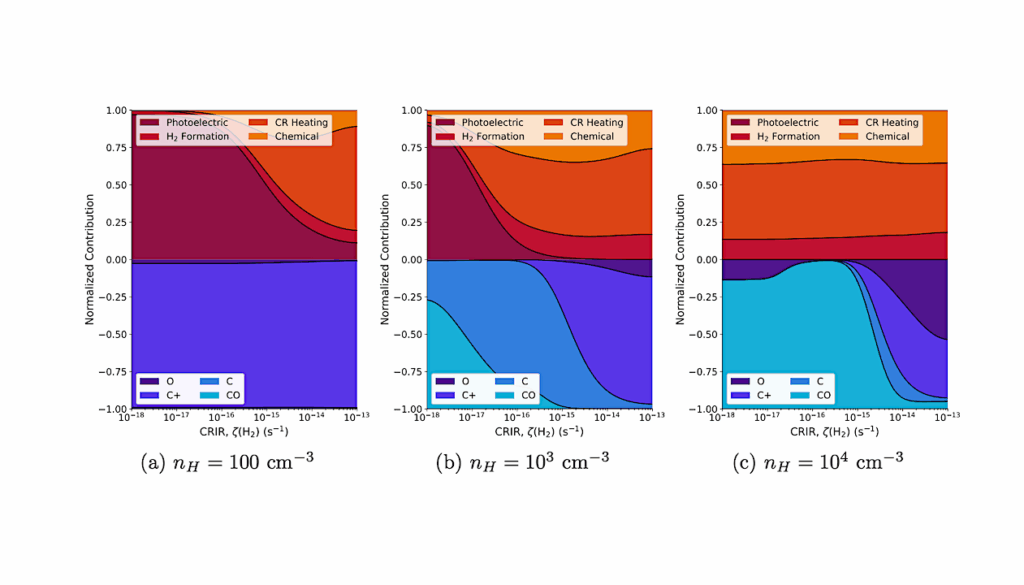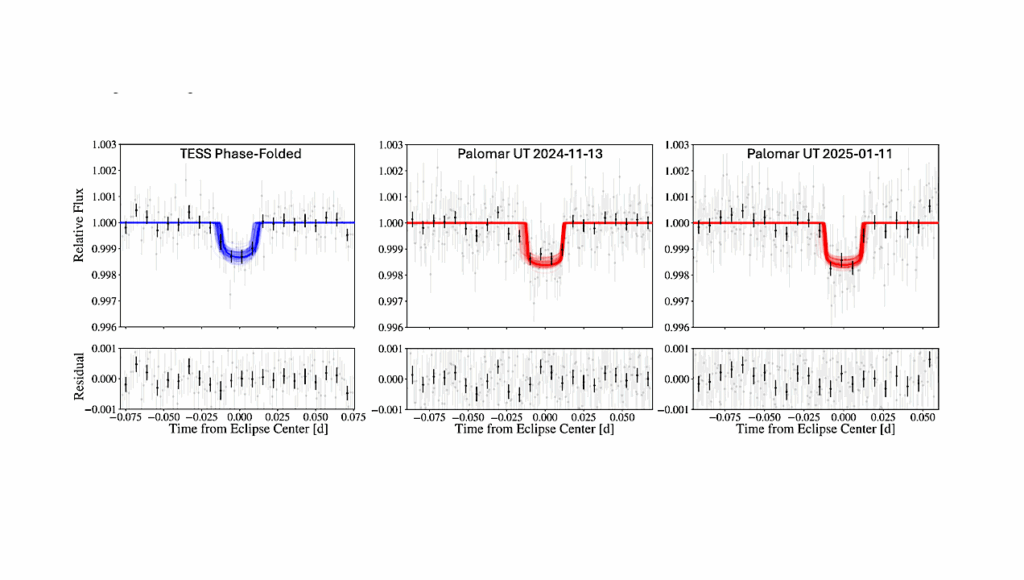Oxygen False Positives On Habitable Zone Planets Around Sun-Like Stars

Oxygen is a promising exoplanet biosignature due to the evolutionary advantage conferred by harnessing starlight for photosynthesis, and the apparent low likelihood of maintaining oxygen-rich atmospheres without life.
Hypothetical scenarios have been proposed for non-biological oxygen accumulation on planets around late M-dwarfs, where the extended pre-main sequence may favor abiotic O2 accumulation. In contrast, abiotic oxygen accumulation on planets around F, G, and K-type stars is seemingly less likely, provided they possess substantial non-condensable gas inventories. The comparative robustness of oxygen biosignatures around larger stars has motivated plans for next-generation telescopes capable of oxygen detection on planets around sun-like stars.
However, the general tendency of terrestrial planets to develop oxygen-rich atmospheres across a broad range of initial conditions and evolutionary scenarios has not been explored. Here, we use a coupled thermal-geochemical-climate model of terrestrial planet evolution to illustrate three scenarios whereby significant abiotic oxygen can accumulate around sun-like stars, even when significant non-condensable gas inventories are present.
For Earth-mass planets, we find abiotic oxygen can accumulate to modern levels if (1) the CO2:H2O ratio of the initial volatile inventory is high, (2) the initial water inventory exceeds ~50 Earth oceans, or (3) the initial water inventory is very low. Fortunately, these three abiotic oxygen scenarios could be distinguished from biological oxygen with observations of other atmospheric constituents or characterizing the planetary surface. This highlights the need for broadly capable next-generation telescopes that are equipped to constrain surface water inventories via time-resolved photometry and search for temporal biosignatures or disequilibrium biosignatures to assess whether oxygen is biogenic.
Joshua Krissansen-Totton, Jonathan J. Fortney, Francis Nimmo, Nicholas Wogan
Comments: Main text 20 pages, 7 figures. Supporting materials 45 pages
Subjects: Earth and Planetary Astrophysics (astro-ph.EP)
Journal reference: AGU Advances, 2, e2020AV000294 (2021)
DOI: 10.1029/2020AV000294
Cite as: arXiv:2104.06463 [astro-ph.EP] (or arXiv:2104.06463v1 [astro-ph.EP] for this version)
Submission history
From: Joshua Krissansen-Totton
[v1] Tue, 13 Apr 2021 19:11:52 UTC (6,574 KB)
https://arxiv.org/abs/2104.06463
Astrobiology,








